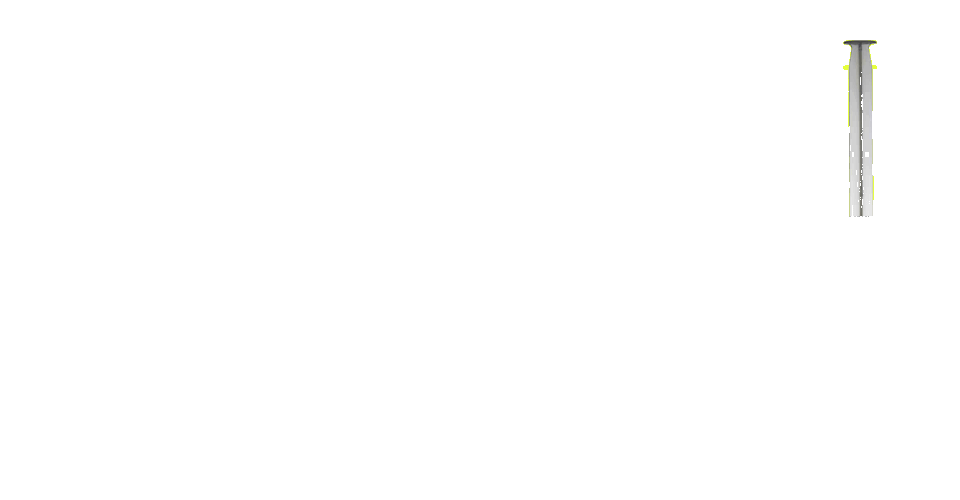COVID-19 vaccination rates have fallen off a cliff, despite extensive interventions. It might take a deadly summer surge to change things.
America’s vaccination rates have fallen off a cliff, and nothing seems to help. On June 2, President Joe Biden announced a frantic plan to reverse what already seemed to be an awful, exponential slide: At the peak of the country’s vaccine rollout in mid-April, almost 3.5 million doses were being put into arms every single day, but that number had quickly dropped by half, and then by half again. Biden’s “ month of action ” came and went, and nothing really changed; or rather, the situation kept on changing for the worse. Demand for vaccinations shrank in July, as it had in May and June. Even statewide vaccination lotteries, described here and elsewhere as a great idea, had turned out to be a flop. With every passing day, the pace of vaccinations only seems to drag a little further toward the gutter. As of July 12, it had fallen off by half again. The Great Vaccine Decline now appears to be an ugly force of nature. If it continues, further horrors are all but guaranteed to follow. Sadly, those horrors may be the only thing that stops it. The problem, it’s been said, is that we live in two Americas, riven by both ideology and immunology: In blue America, vaccination rates are standing up just fine; in red America, they’re slouchy and exposed. Indeed, the latest vaccine numbers show that 17 states have now provided at least one dose to more than 60 percent of their population—and every single one of them voted for Biden in the last election. Another 16 states are struggling to reach a rate of 50 percent; all but one of those went for Donald Trump. But there’s another, better way to think about what’s happening here: If the distribution of vaccines keeps slowing down, it’s not because America is divided but because we’re running out of people who think vaccines will save their lives. It certainly hasn’t helped the vaccination drive that Fox News and other right-wing outlets are sowing fear about the safety of the COVID-19 shots, and about the efforts to distribute them. Still, the recent wave of right-wing propaganda hasn’t clearly made the problem worse. Going by the numbers that we have so far, Tucker Carlson’s summer monologues aren’t really changing many minds. In fact, enthusiasm for the vaccine has been growing, overall, in both Americas alike. According to the Kaiser Family Foundation, which has been carefully following vaccine attitudes and behaviors since December, almost half of Democrats were saying that they planned to get immunized as soon as possible (if they hadn’t done so already) at the end of 2020; by June, that rate had nearly doubled, to 88 percent. Republicans started from a lower baseline, but they’ve also gotten more accepting: Just like the Democrats, the proportion saying that they wanted the vaccine almost doubled over time, from 28 percent to 54 percent. Party rhetoric notwithstanding, the overall partisan gap in vaccine enthusiasm has been holding steady, at a little more than 30 points, through all of 2021. Rather than diverging politics, people’s willingness to get vaccinated might best be understood as a function of how they perceive risk. Although there are more noble reasons to be immunized than self-protection, surveys show that they’re not the ones most often cited. Kaiser finds that among those who have gone in for their shots, more than half say the “main reason” was to reduce their personal risk of illness. Meanwhile, among the unvaccinated, one-half assert that COVID-19 case rates are now so low that further vaccinations are unnecessary. Risk perception is just one of many factors that determine vaccine uptake. You could be terrified of getting COVID-19, for example, and desperate to be immunized, but still find yourself unable to reach a distribution site.






